________________________________________________________________________________
Compact Track Loaders / Bobcat Compact Track Loaders / Bobcat T870Bobcat T870 Track Loader Troubleshooting
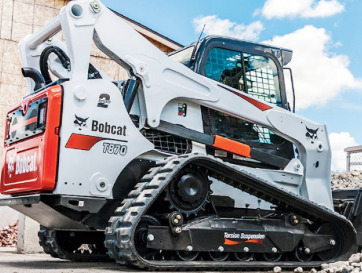
The Bobcat T870 compact track loader driveline system components: Bobcat D34 diesel engine with a rated power of 100 hp (74.6 kW) or Kubota V3800 diesel engine with a rated power of 99.5 hp (74 kW), and two-speed hydro transmission. The hydraulic system has a pump with a rated flow of 23 gpm (87.1 lpm). The system pressure is 3550 psi (245 bar). The Bobcat T870 is equipped with a vertical-lift loader boom, 5-link torsion suspension with 5 rollers, and rubber tracks. The loader has a maximum lift height of 144" (3655 mm) to hinge pin and dump height of 112.3" (2855 mm). The rated operating capacity is 3650 lbs (1656 kg), and tipping load is 10430 lbs (4730 kg).
Engine Troubleshooting
Engine starts up hard or won't start
Air in the fuel lines - Bleed the fuel lines.
Fuel filter plugged - Change filter element.
Burnt or defective injection nozzle - Install a new kit of correctly balanced nozzles.
Dirt or water in fuel system - Drain water or flush dirt from the system.
Valve clearance is out of adjustment - Check and adjust as required.
Fuel injection pump failure - Replacement or repair required.
Diesel starts and stalls immediately
Air filter is dirty - Change or service air filter element.
Fuel filter element is dirty - Install new filter element.
Fuel injection pump has loose connections - Tighten the connections.
Damaged or clogged injectors - Test and replace fuel injectors if necessary.
Fuel injection pump is not working correctly - Replace or rebuild injection pump.
Engine stalls while running
Coolant temperature is low - Normalize the temperature by warming up the engine.
Dirty fuel filter - Install new filter element.
Air in the fuel pipes - Bleed the fuel pipes.
Clogged injection nozzle - Clean or change injection nozzles.
Fuel injection pump timing is not adjusted - Set it up as required.
Engine stalls while idle
Incorrectly adjusted low idle speed - Correct the settings.
Fuel injection pump is damaged - Install a new fuel pump or repair.
Dirty or defective injectors - Clean fuel injectors or change it.
Valve out of adjustment - Check and adjust as required.
Engine loses power
Plugged air cleaner - Clean or change cleaner.
Dirty or faulty injection nozzles - Install a new kit of correctly balanced nozzles.
Fuel injection pressure is incorrect - Adjust to correct pressure.
Incorrect valve clearance - Adjustment procedure required.
Incorrectly adjusted low idle speed - Adjustment required.
Clogged fuel hoses or lines - Clean fuel lines and hoses.
Cylinder head gasket is blown - Install a new gasket.
Piston rings are leaking or defective - Piston rings replacement required.
Engine is overheated
Low coolant level - Add coolant fluid and inspect the cooling system for leaks.
Low engine oil level - Checking oil level and add if necessary.
Defective radiator cap or clogged radiator fins - Clean radiator or change cap.
Fan belt slipping or worn - Belt change is required.
Engine is overloaded - Load reducing required.
Oil pressure too low
Low crankcase oil level - Need to add oil.
Oil filter element clogging - Change or clean engine oil filter element.
Incorrect engine oil Drain crankcase and refill with correct oil.
Excessive crankshaft bearing oil clearance - Bearings need to be reinstalled.
Oil pump malfunction - Remove and inspect oil pump.
Engine knocks or noises
Insufficient engine oil - Add oil to the engine crankcase.
Low coolant temperature - Warm up the engine.
Improper fuel injection timing - Use the correct fuel injection pump timing adjustment.
Too low idle RPM - Adjust low idling as recommended.
Fuel injector fault - Clean fuel injectors or change it.
Connecting rod misalignment or failure - Need to change or align the connecting rod.
Pistons are worn or broken - Replace the pistons as required.
Drive system will not operate in either direction
Hydraulic fluid is insufficient - Add fluid as required.
Track mechanism is damaged or blocked - Repair or remove blockage.
Faulty relief valve - Relief valve need to be replaced or repair.
Hydraulic filter or suction line is plugged - Service suction line or replace hydraulic filter.
Worn or defective hand or foot controls - Inspect and repair if necessary.
Drive pump or motor is damaged - Replace or repair faulty component.
Machine does not drive straight or drives jerky
Undercarriage tracks are jammed or defective - Repair or remove jamming.
Faulty or loose tracks - Replace tracks or adjust track tension.
Debris, dirt, or foreign objects stuck in undercarriage track frame - Clean track frame, remove debris and foreign objects.
Reduced power
Dirty hydraulic oil filter - Replace hydraulic filter.
Relief valve is worn or opened - Close or change relief valve.
Transmission parts are faulty or damaged - Inspect and change defective parts.
Input drive shaft is stuck - Replace drive shaft.
Hydraulic system is leaking air - Bleed air from hydraulic system.
Drive system overheating
Low hydraulic fluid level - Add fluid as required.
Hydraulic fluid filter is plugged - Replace or clean hydraulic filter.
Relief valve is defective - Change or repair relief valve.
Hydraulic motor or drive pump is defective - Change or repair faulty component.
Plugged hydraulic oil cooler - Cooling fins need to be cleaned.
Drive system is overloaded - Load should be reduced.
Drive system is noisy
Oil viscosity is wrong - Use proper oil viscosity.
Air in the hydraulic system - Need to bleed air.
Drive pump or hydraulic motor is damaged - Inspect and change as required.
Mechanical parts of drive system are worn or damaged - Inspect the parts for defect or damage and repair as required.
Hydraulic system is overheated
Incorrect hydraulic pressure setting - Adjust pressure as required.
Faulty or improperly adjusted main relief valve - Adjust the valve or replace if necessary.
Contaminated hydraulic fluid - Fill up with fresh hydraulic fluid.
Lack of hydraulic oil - Check oil level and add hydraulic oil as required.
Faulty hydraulic oil pump - Repair or change pump if required.
Boom won't lower or raise
Lift controls are faulty - Inspect and repair if necessary.
Hydraulic pump not working - Change or repair hydraulic pump if required.
Defective hydraulic control valve - Install a new hydraulic valve or repair it.
Hydraulic cylinder is broken - Install a new boom cylinder or repair it.
Hydraulic oil level low - Check and refill the hydraulic oil.
Bucket is not working
Bucket controls failure - Repair or replace.
Hydraulic pump failure - Change or repair hydraulic pump if required.
Defective hydraulic control valve - Repair or change the valve.
Hydraulic bucket cylinder is broken - Repair or install a new cylinder.
Insufficient hydraulic fluid - Fill up the hydraulic fluid.
Boom or bucket runs slowly
Defective hydraulic pump - Check pump flow and change pump if necessary.
Hydraulic cylinder leaking - Install new cylinder seals.
Hydraulic fluid is insufficient - Fill up the hydraulic fluid.
Worn or unadjusted hydraulic control valve - Adjust correctly or repair.
Hydraulic pressure loss - Adjust it correctly.
Lift arm or bucket movements are jerky
Air leaks in hydraulic system - Bleed air from hydraulic system.
Hydraulic oil filter element clogging - Service or replace the hydraulic filter.
Hydraulic oil is contaminated - Fill up with fresh hydraulic oil.
Scratched cylinder rod or tube - Change damaged component.
Hydraulic pump is excessively noisy
Not enough oil or hydraulic system leaking - Remedy hydraulic leakage or refill oil as necessary.
Hydraulic filter clogging - Replace or clean the filter.
Suction line is clogged - Service the suction line.
Pump is sucking air - Remove air from hydraulics.
Pump parts are damaged - Install new hydraulic pump or rebuild it.
Battery won’t charge
Electrical wire connections are corroded or loose - Tighten or service cable connections.
Faulty electrical terminal connectors - Change terminal connectors.
Battery is defective - Battery change required.
Defective or loose belt - Install a new belt or adjust belt tension.
Starter cranks slow
Low battery capacity - Battery is drained, recharge it.
Battery is draining quickly - Battery needs service or replacement.
Disconnected wiring or bad battery terminals - Check battery wires and service or replace terminals.
Starter is not cranking
Battery is low or faulty - Replace or charge as required.
Disconnected or improperly connected wiring harness - Inspect battery wiring harness and connect as required.
Battery capacity is low - Recharge the battery.
Damaged starter motor - Starter needs to be replaced.
________________________________________________________________________________
________________________________________________________________________________________
| BOBCAT SKID STEER AND COMPACT TRACK LOADERS |
________________________________________________________________________________________
________________________________________________________________________________________
________________________________________________________________________________________
________________________________________________________________________________________
| GEHL SKID STEER AND COMPACT TRACK LOADERS |
________________________________________________________________________________________
________________________________________________________________________________________
________________________________________________________________________________________
| CASE SKID STEER AND COMPACT TRACK LOADERS |
________________________________________________________________________________________
________________________________________________________________________________________
________________________________________________________________________________________
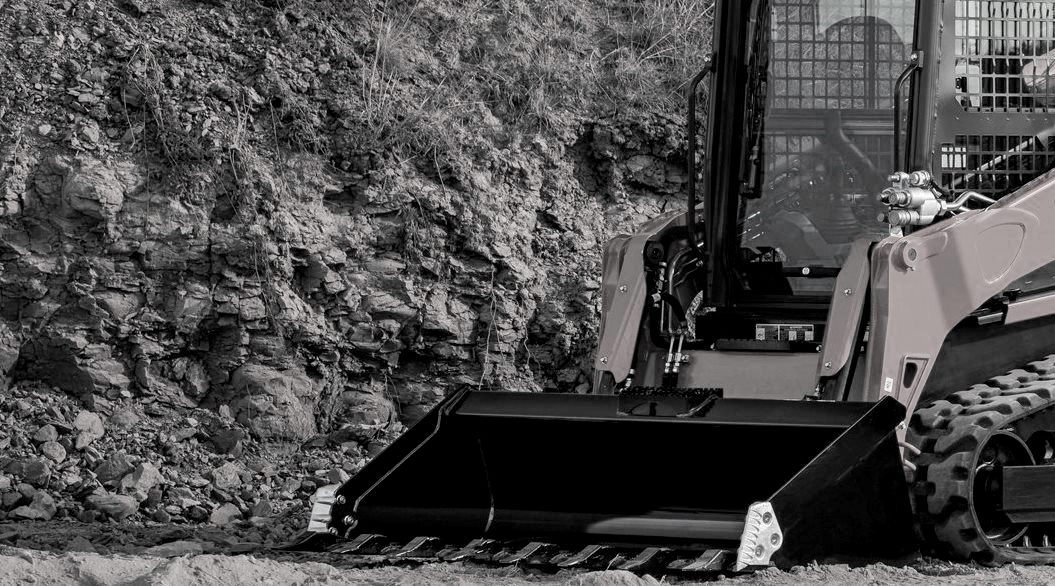
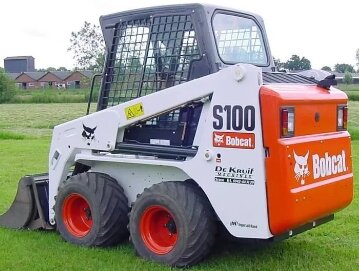 S100
S100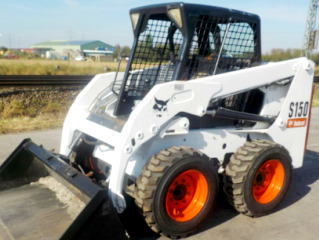 S150
S150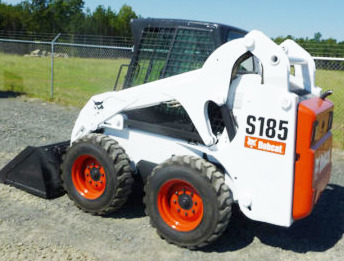 S185
S185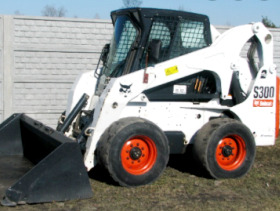 S300
S300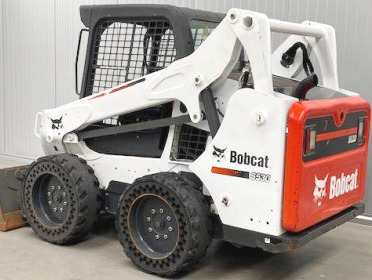 S530
S530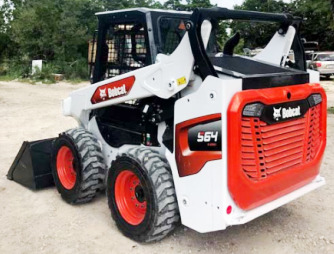 S64
S64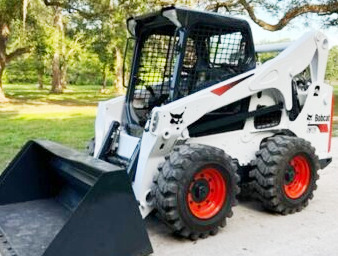 S740
S740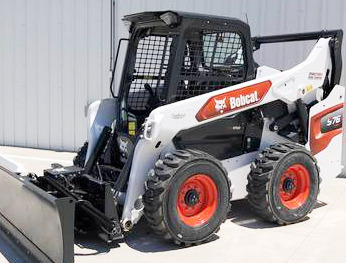 S76
S76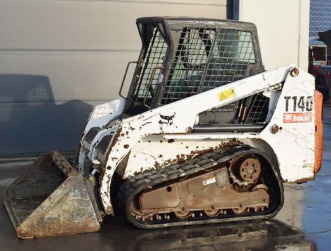 T140
T140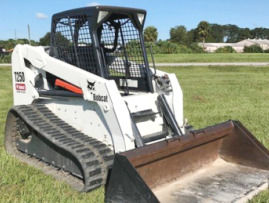 T250
T250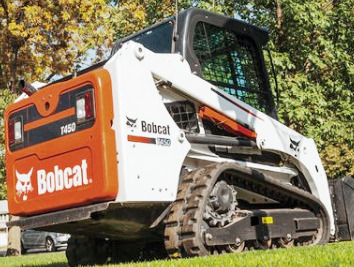 T450
T450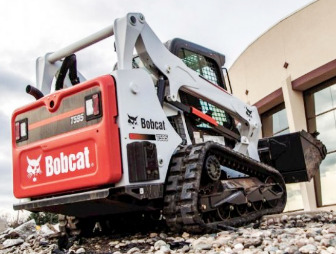 T595
T595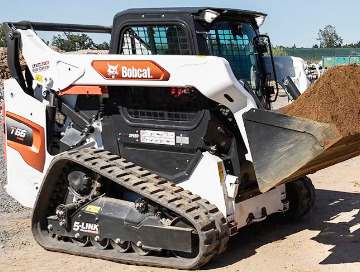 T66
T66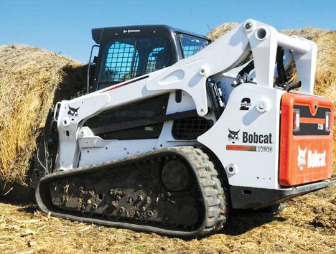 T750
T750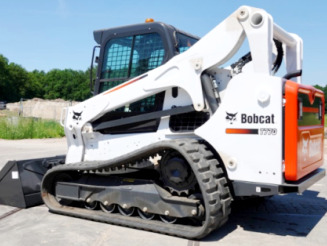 T770
T770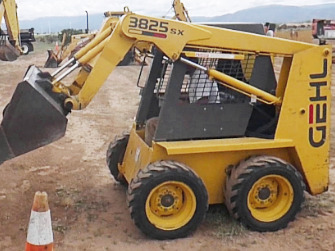 3825SX
3825SX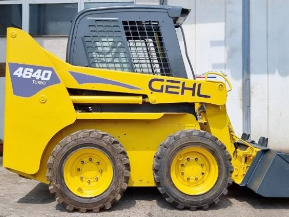 4640
4640 5625DX
5625DX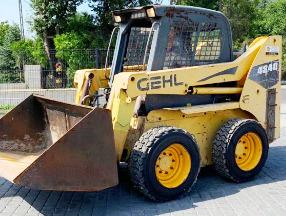 4840E
4840E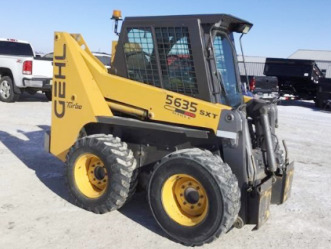 5635SXT
5635SXT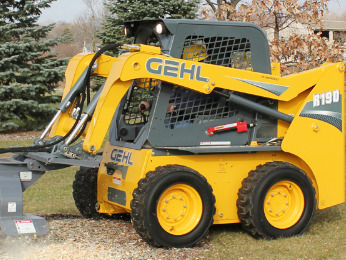 R190
R190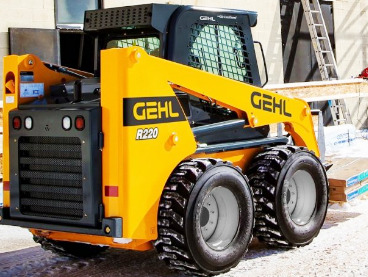 R220
R220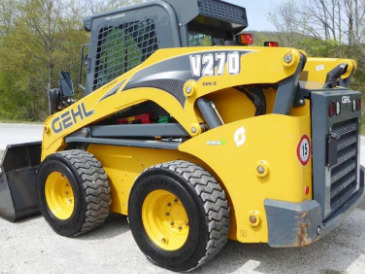 V270
V270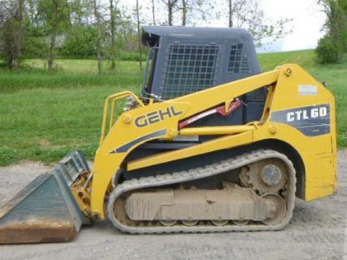 CTL60
CTL60 CTL75
CTL75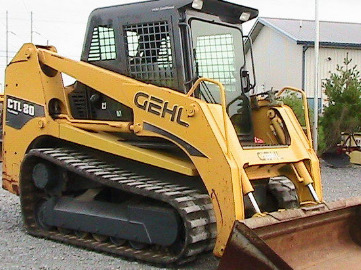 CTL80
CTL80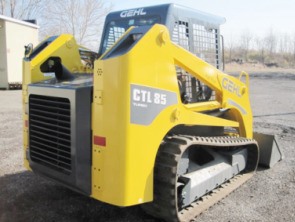 CTL85
CTL85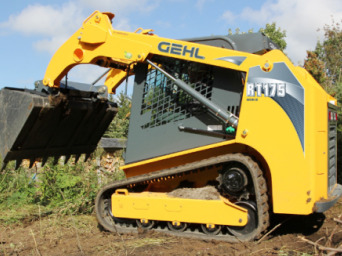 RT175
RT175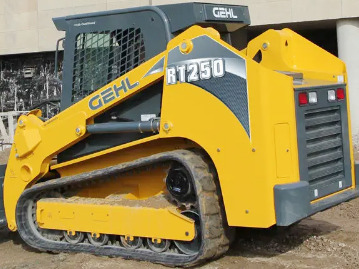 RT251
RT251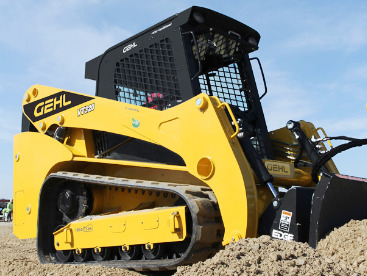 VT320
VT320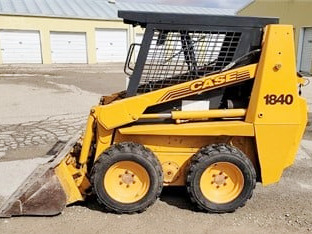 1840
1840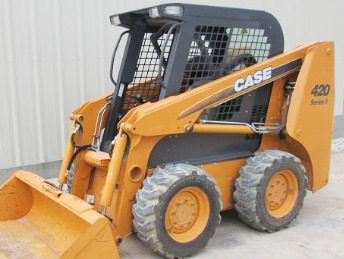 420
420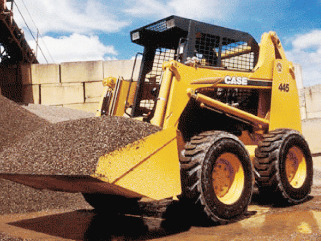 445
445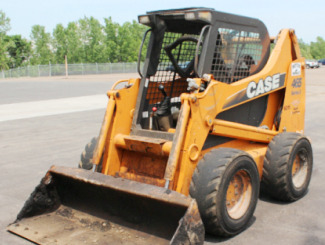 465
465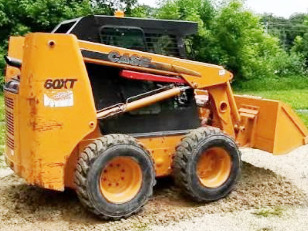 60XT
60XT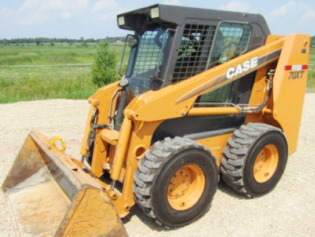 70XT
70XT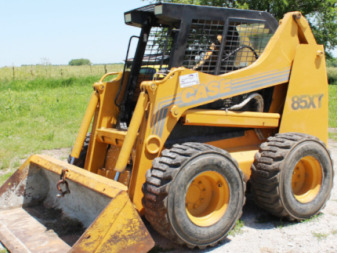 85XT
85XT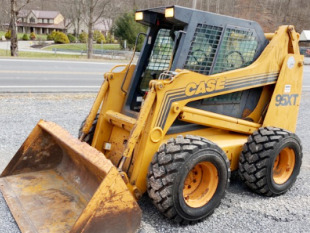 95XT
95XT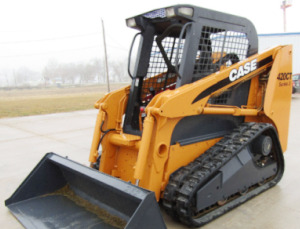 420CT
420CT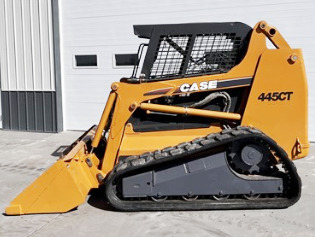 445CT
445CT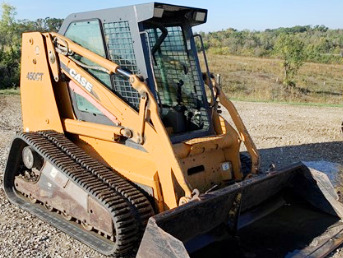 450CT
450CT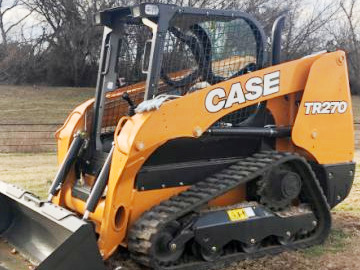 TR270
TR270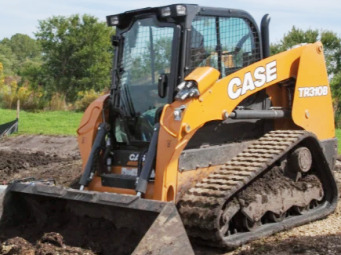 TR310B
TR310B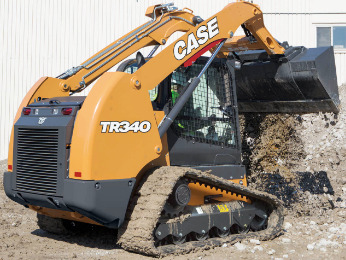 TR340
TR340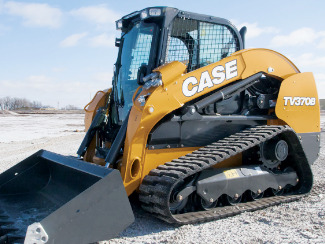 TV370B
TV370B